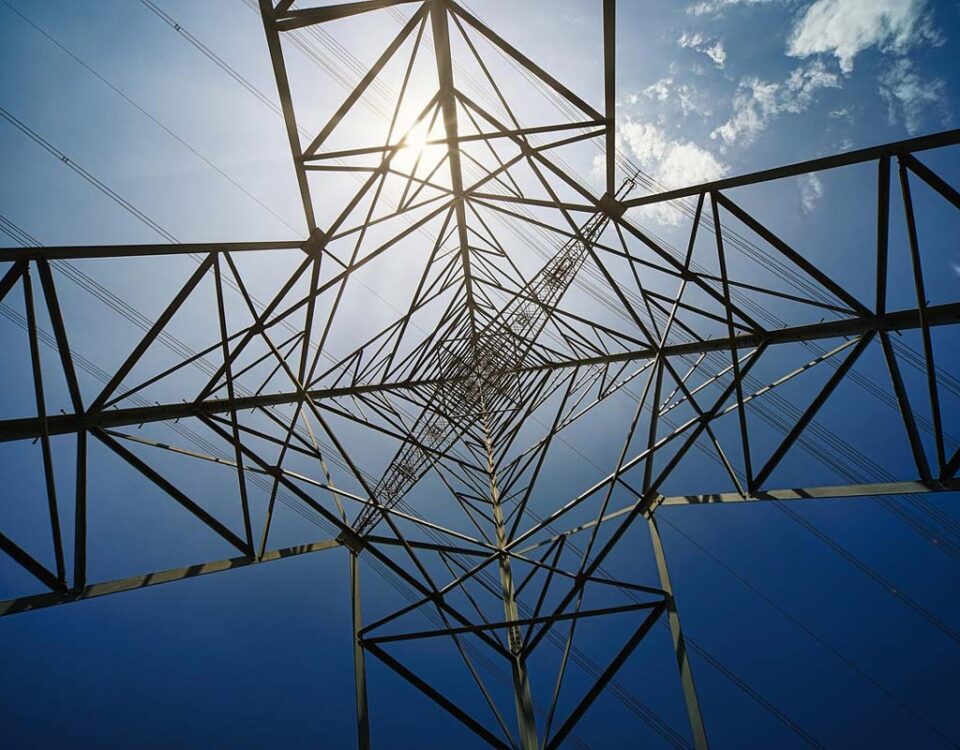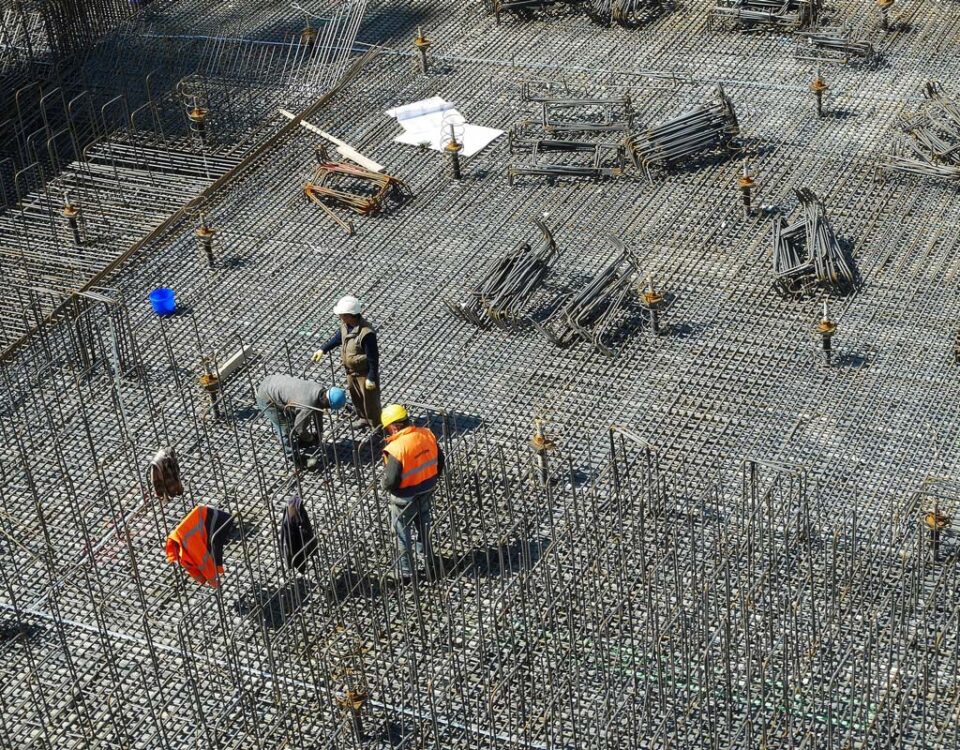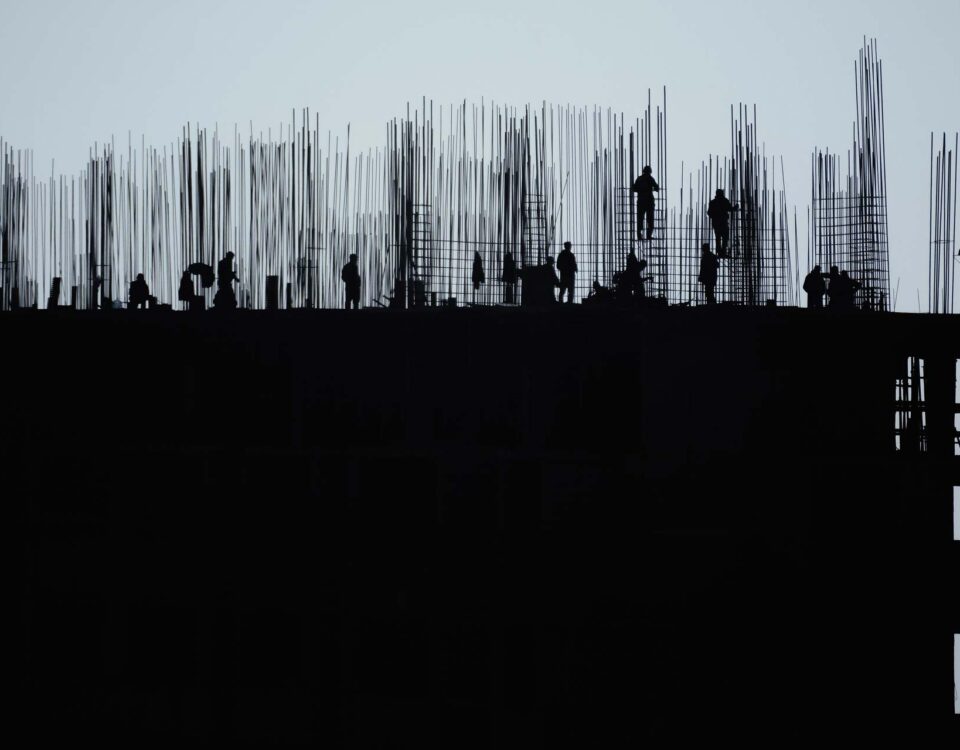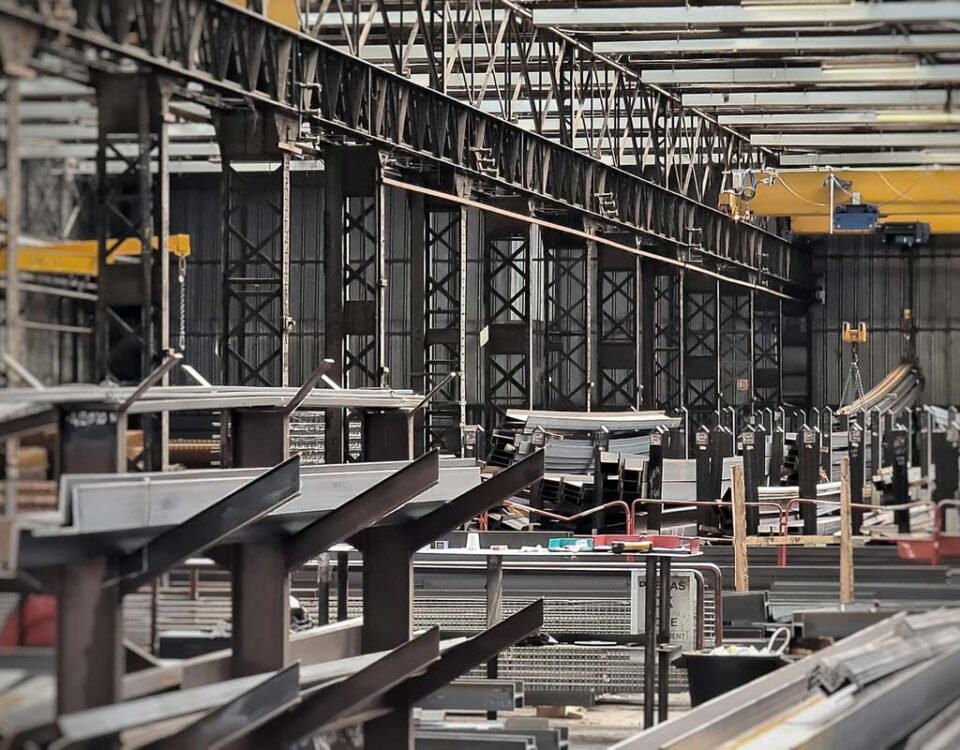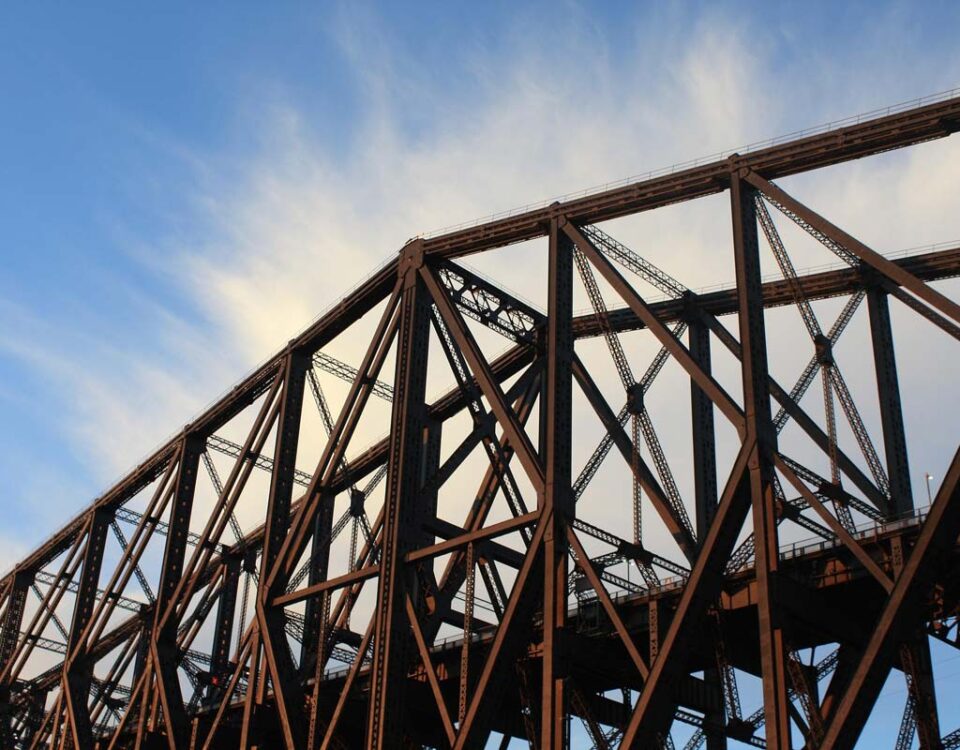Two of the most common structural systems in modern construction are steel frame structures and reinforced concrete structures. The choice between them is influenced by technical, economic, execution‑related, geographical, and climatic factors. Understanding the strengths and weaknesses of each enables informed and strategic decision‑making.
Advantages of Steel Frame Structures
- High Construction Speed Assembly of steel components using bolts or welding is significantly faster than formwork preparation, concrete pouring, and waiting for concrete curing.
- Industrialized (Prefabricated) Execution Steel members can be manufactured with high precision in factory environments, ensuring quality before on‑site installation.
- Lightweight Structure Depending on the project type, steel frames generally weigh less than concrete structures, reducing the dead load and allowing for smaller foundation dimensions.
- Design Flexibility Long spans, complex architectural forms, and in‑process design modifications are easier to execute with steel framing.
- High Recyclability Steel is fully recyclable, and construction waste is often re‑introduced into the production cycle.
Disadvantages of Steel Frame Structures
- Sensitivity to Corrosion Without adequate protective measures, steel is vulnerable to weather‑induced rust and degradation.
- Reduced Thermal Resistance Steel loses strength as temperatures rise, requiring fire‑resistant coatings in fire‑safety design.
- Price Volatility Steel costs are directly affected by the global market, and may experience sudden increases.
- High Precision Execution Requirements Even minor fabrication or installation errors can compromise the structural performance.
Advantages of Reinforced Concrete Structures
- High Fire Resistance Concrete acts as a thermal insulator and maintains structural integrity for longer durations during fire.
- Superior Corrosion Resistance Concrete is less susceptible to environmental corrosion compared to steel.
- Widespread Material Availability Cement, sand, and aggregates are readily available in most regions.
- Acoustic and Vibration Stability Concrete walls and floors provide better sound insulation and vibration damping.
Disadvantages of Reinforced Concrete Structures
- Heavy Structural Weight Concrete buildings tend to be heavier, requiring more robust foundations.
- Longer Execution Time Floor construction, curing, and drying processes take significantly more time than steel frame assembly.
- Limited Modification Flexibility Alterations to floor plans or openings are challenging and often costly.
- Higher Potential for Construction Waste Formwork and concrete pouring typically generate more waste compared to steel frame construction.
Conclusion
The selection between steel and concrete structures should be based on geographical location, project type, time and budget constraints, technical specifications, and environmental requirements. Each system can be the right choice for specific scenarios, but a clear understanding of their respective advantages and disadvantages is the key to project success.









